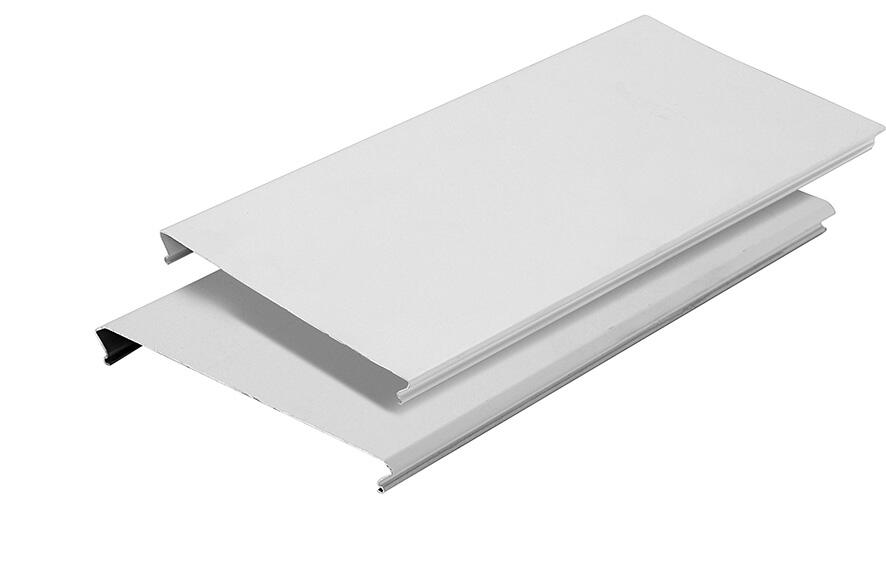perforated aluminium ceiling
Perforated aluminium ceiling systems represent a cutting-edge solution in modern architectural design, combining aesthetic appeal with practical functionality. These innovative ceiling solutions consist of high-grade aluminium panels featuring precisely engineered perforations that serve multiple purposes. The panels are manufactured using advanced technology to create uniform patterns of holes that can vary in size, spacing, and arrangement, allowing for customizable designs that meet specific architectural requirements. The perforated structure facilitates superior acoustic performance by absorbing sound waves and reducing echo, making it ideal for spaces where sound management is crucial. Additionally, these ceiling systems incorporate advanced coating technologies that ensure long-term durability and resistance to corrosion, humidity, and temperature variations. The lightweight nature of aluminium makes installation and maintenance significantly more manageable compared to traditional ceiling materials. These systems also support integrated lighting, HVAC, and other building services while maintaining a seamless appearance. The perforations can be engineered to specific open area percentages, enabling optimal airflow and acoustic performance while maintaining structural integrity.


